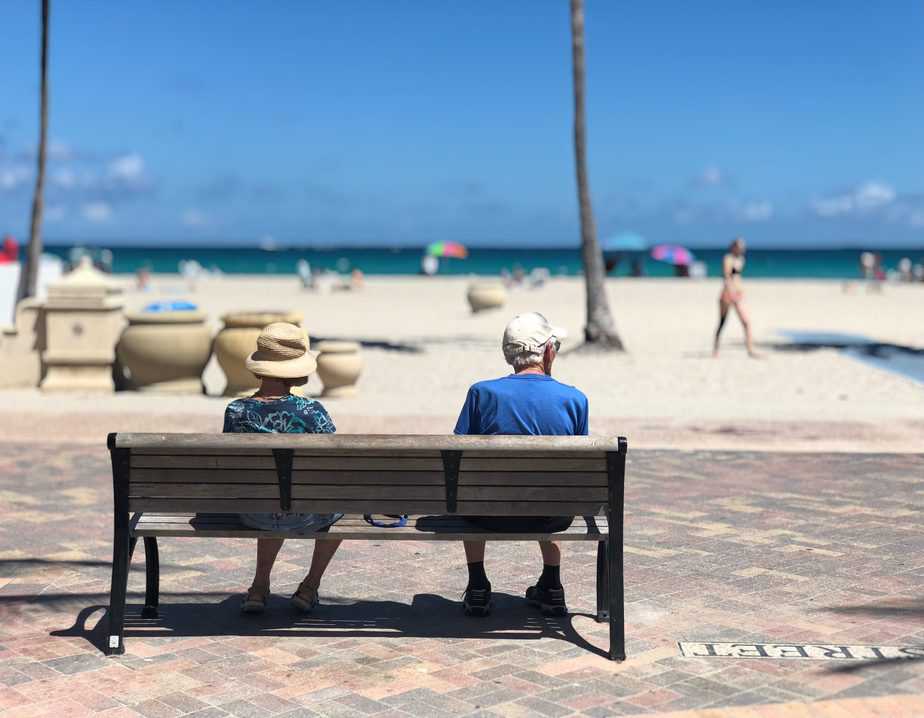In the long term, downsizing often has significant benefits for both seniors and their families. In the short term, however, it can bring quite a few challenges. If you’re assisting a senior through this process, here are four tips to help them with the process from a contributing writer.

Four Tips To Help A Senior Downsize
Establish the new home first
There are two key reasons for establishing the senior’s new home before selling the old one. Firstly, it allows you to make sure that it is safe for them. Secondly, it means that they will only have to move once. If they sell their old home before establishing a new one, they may have to move into a temporary rental and then move again.
Assess the storage space realistically
One of the advantages of moving into designated independent living spaces like La Posada is that they are designed with seniors in mind. For example, storage is easily accessible to people who might find it difficult to stretch up or bend down.
If, however, the senior is moving into a regular home, without these adaptations, then you might find that the effective storage space is less than it looks. If so, then you have to figure out what you’re going to do about it.
Your two main options are to encourage the senior to minimize their possessions even further. For example, if they want to keep a lot of photo albums, you could offer to digitize them. Of course, this would only work if they were reasonably comfortable with technology.
Another option would be to divide their belongings according to how quickly they might be needed. Put the key ones into the most accessible storage and work your way from there. This approach can, however, create safety issues unless the senior can count on help from other people.

Photo by Monica Silvestre from Pexels
Check if existing furniture can be moved
Another advantage of having the senior establish a new home before selling the old one is that you will know the exact dimensions and layout of its interior. This means that you can check whether or not the senior’s existing furniture will physically fit into it. This may include checking if it can fit through access routes, particularly lifts.
For completeness, there’s usually a way to get a piece of furniture into a space if you’re prepared to put in enough time, effort, and money. So if the senior wants to keep their grand piano in their new condo, then it can probably be done. For the most part, however, if furniture is too big for a space, it’s often better just to accept the fact and replace it.
Decide if you need to use temporary storage
The benefit of using temporary storage is that it can allow the senior to move before they have fully decided what to do with their belongings. The downside of using temporary storage is that temporary storage can very easily turn into permanent storage.
This means that if you are going to go down this route, then you need to have a plan for getting out of it. One possibility would be for you to select a few items per week/month and work with the senior to decide what was to be done with them.